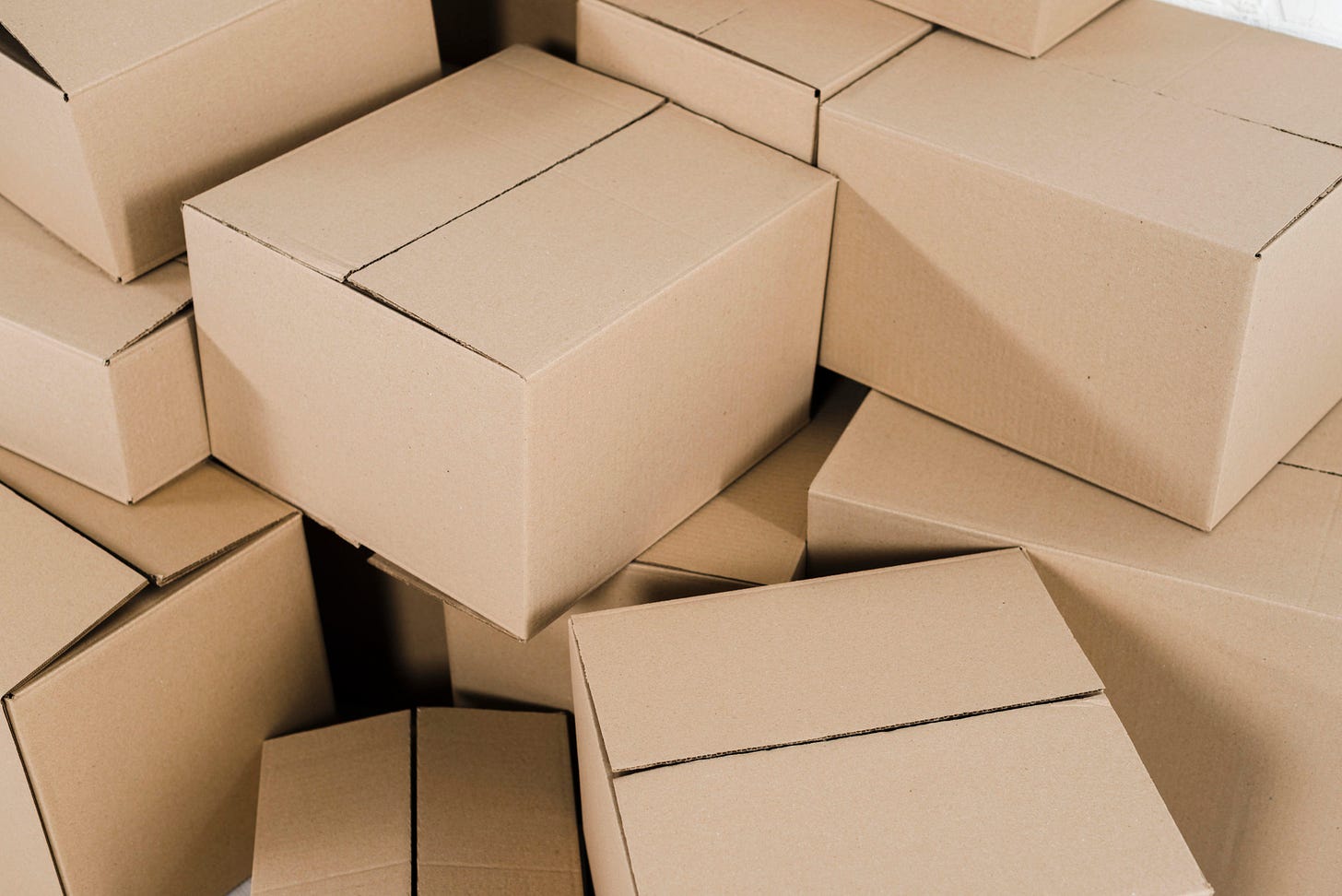Data Encapsulation and Decapsulation
Let's label and pack some moving boxes!
Imagine you are moving to a new house, and you need to pack your belongings into boxes and unpack them when you arrive at your new home.
This is Data Encapsulation and Data Decapsulation.
Data Encapsulation - Packing the Boxes:
Ethernet header: Think of this as the label you put on the outside of the box, indicating the address of the destination. The Ethernet header contains information such as the MAC (Media Access Control) addresses of the source and destination devices.
Internet Protocol (IP) header: Consider this as the cover sheet you put on top of the items inside the box. The IP header contains the IP addresses of the source and destination devices. It helps the data to be routed across different networks.
Transmission Control Protocol (TCP) / User Datagram Protocol (UDP) headers: These are the instructions or special notes you attach to specific items within the box. TCP and UDP are protocols that provide additional information for the proper delivery of data. TCP ensures reliable and ordered delivery, while UDP focuses on fast and lightweight delivery.
TCP flags: Imagine these as indicators you place on specific items in the box to show their properties or special handling requirements. TCP flags represent various control bits that provide information about the TCP connection, such as acknowledging received data or requesting data retransmission.
Payload: This is the actual content you want to move from one place to another. In the context of our analogy, it could be your clothes, books, or any other belongings. The payload consists of the application data you want to transmit, such as a website, email, or file.
Maximum transmission unit (MTU): The MTU represents the maximum size of the data packets that can be transmitted over a network without fragmentation. In a packing sense, it is the maximum size of the boxes allowed for packing items. It ensures that your data fits within the allowed packet size.
Data Decapsulation - Unpacking the Boxes:
When the packed boxes arrive at your new house, you unpack them and retrieve your belongings. Similarly, data decapsulation involves unpacking the different layers of information to retrieve the original data at the receiving end. Let's go through the unpacking process:
MTU check: The receiver checks if the size of the unpacked data (payload) exceeds the MTU. If it does, the data may need to be fragmented into smaller packets for successful delivery. If not, the unpacking process continues.
TCP flags: The receiver examines the TCP flags to understand the control information associated with the data. For example, it checks if the data packet contains an acknowledgement of previously received data or if it requests retransmission of lost data.
TCP/UDP headers: The receiver looks at the TCP/UDP headers to identify the specific protocol used and extracts any additional information required for processing the data. This could include port numbers or checksums for error detection.
IP header: The receiver examines the IP header to determine the source and destination IP addresses. It uses this information to route the data to the appropriate destination device.
Ethernet header: Finally, the receiver reads the Ethernet header to extract the MAC addresses of the source and destination devices. This allows the data to be delivered to the correct network interface on the destination device.
Payload retrieval: After all the encapsulation layers have been stripped away, the receiver retrieves the original payload—the actual content you wanted to transmit.
By following this unpacking process, the receiver successfully retrieves the original data from the packed boxes.
And that’s data encapsulation and decapsulation!



